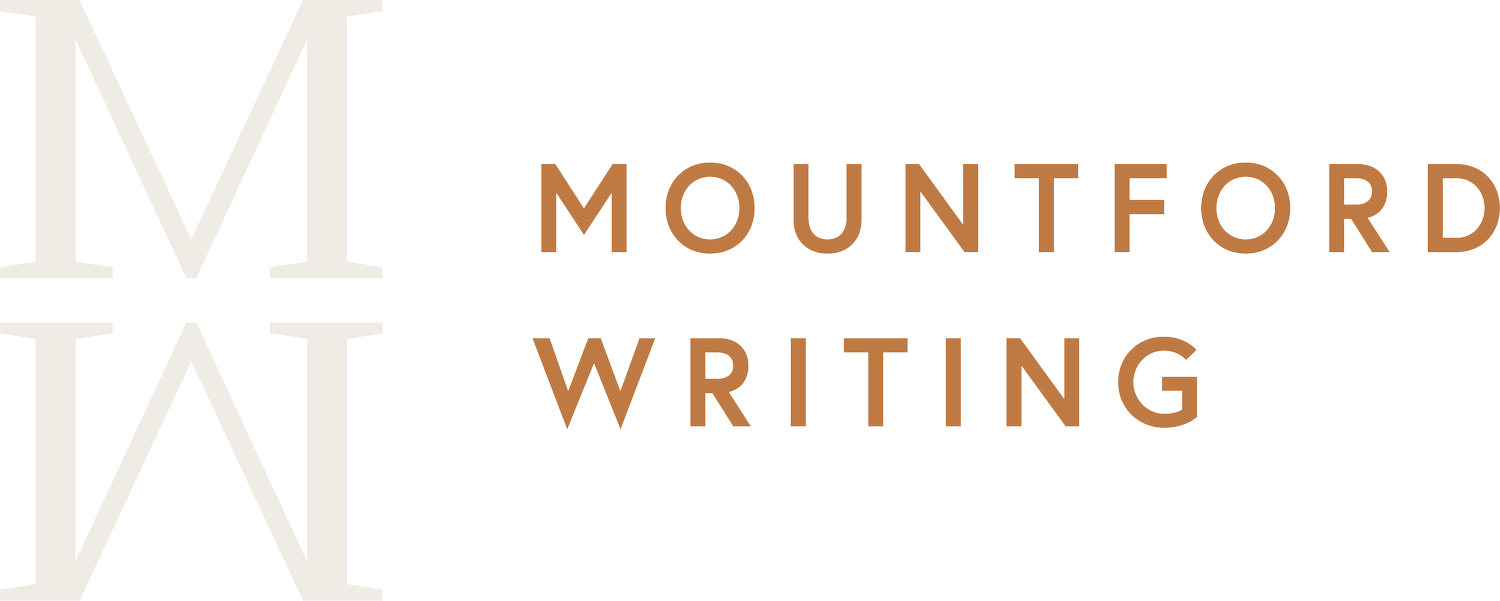How To Promote Your Upcoming Book’s Publication: ARCs and Reviews
Book promotion requires a multifaceted strategy as you work with your publisher, but sending out book galleys and advance reader copies (ARCs) is critical to building enthusiasm, pre-publication.
Here’s how I worked with publishers, publicists to use advance copies of my book to generate good reviews among readers and professional reviewers, get covered in magazines and newspapers, and encourage booksellers and libraries to purchase copies.
Book Galleys vs ARCs
With my debut novel, the galley cover was still in flux. The publisher made some copies with no art, and more copies with art that was later scrapped. Needless to say, these books are expensive to produce. Houghton Mifflin Harcourt (HMH) produced two ARCs for my book.
“Wait, what do all those words mean?” you may ask.
The term book galley can be a bit confusing, as it has two meanings. A book galley refers to a PDF for your proofreading as an author late in the editing process.
But a galley can also be an ARC, a physical copy of your book mostly already edited and proofread. A few typos may still remain. A physical ARC typically says “not for sale” on the cover.
Producing physical ARCs is expensive, and publishers rarely tell their authors how many ARCs they’ve made because it can be viewed as an indicator of how enthusiastic the publisher is. Did your publisher pay to print 50 ARCs, or 500…maybe a 1000?
Nowadays, publishers also give away digital ARCs, also called e-ARCs or galleys, which are basically just PDFs of the book for download onto your e-reader. The concept remains the same, though—it’s an early sample of the book, released to create hype.
An ARC of my debut novel
My second galley had this cover, which we all loved. But Amazon subsequently said it would not work as a thumbnail. So HMH went back to the drawing board, and hired a freelance artist to make the final cover.
Getting Good Book Reviews on Goodreads
Months before my novels were published, my publishers’ marketing departments staged an ARC Goodreads giveaway of my books.
The publishers identify enthusiastic potential readers—people likely to give favorable reviews—and send many copies of the galley-edition book before it’s published.
The receiving readers, hopefully, provide a baseline of four- and five-star reviews. By publication day, the book’s Goodreads page looks appealing.
Now, it’s a lot easier for almost anyone to become a book reviewer, and sites like NetGalley make it easier for avid bookworms, professional librarians, and booksellers to acquire digital editions and read and review forthcoming books.
Getting Bad Reviews on Goodreads
However, you can’t force a reviewer to give you a good review—even if you gave the reviewer a free copy. That’s not how it works. Reviewers may or may not like your book, and that’s somewhat out of your control.
The New York Times ran a piece on the practice of “review bombing”—when a forthcoming book is saddled with hundreds, or thousands, of negative reviews on Goodreads before it’s even published.
The upshot of the piece is that it’s terrible when a book’s future (and, presumably, its author's reputation) is destroyed before people have even had a chance to read the thing.
In the piece, Roxane Gay talks about how a book she’s not even finished writing has received many Goodreads reviews. The recent cancellation of Elizabeth Gilbert’s forthcoming novel set in Soviet Russia because it’s set in Russia, which has invaded Ukraine. This is perhaps the most inexplicable and idiotic chapter in this particular story.
That the whole practice has resulted in rumor campaigns and onslaughts of negative reviews seems somewhat predictable. Publishers love this practice, as long as it doesn’t turn around and eat them when readers find the product lacking or too controversial.
From the NYT:
“It may look like a bunch of one-star reviews on Goodreads, but these are broader campaigns of harassment,” Rabess said. “People were very keen not just to attack the work, but to attack me as well.”
Getting Good Reviews in Papers and Magazines
If publishers have printed enough ARCs before publication, they will also send physical copies to potential review outlets (New York Times, Town and Country, People Magazine, etc.).
If they want a book to be reviewed at the NYT, the publisher might send many copies six months before publication. This signals to NYT’s book review editors that they’re serious about this book.
Why do publishers send out copies so far in advance? Because most magazines set up editorial calendars and layouts six months or so in advance.
If you want your book reviewed or interviewed as an author in the June print edition, you’ll need a galley on the editor’s desk in January.
Even for newspapers and online publications, your book has to stand out among the editor’s ever-growing pile of new books, and your publicist wants to ensure it gets seen.
Galleys in Book Promotion
Physical ARCs are created and given away as samples to induce bookstores and libraries to order copies of the real thing.
When a large publisher wants to push a title, they’ll print hundreds or thousands of ARCs. Before it was discontinued in 2015, the annual BookExpo in New York was awash in ARCs — Random House, wanting to signal that they’re excited about a book, would construct a tower of forthcoming titles’ ARCs.
The publisher can also send copies to independent bookstores nationwide to build enthusiasm with booksellers. And, if the publisher has enough ARCs, they can send an author or two to a regional bookseller’s association conference. But if a publisher is going to send an author to, say, PNBA, you must also send a pile of ARCs with them.
Then there’s the Winter Institute — each publisher can only send one author to this gathering of booksellers and librarians. Again, part of the “fee” for participating is having a pile of ARCs to give away. For early promotion, publishers send physical galleys to libraries.
I’ve done PNBA and Winter Institute. As an author, you’re “speed dating” a lot of weary booksellers and librarians, trying to quickly and memorably pitch your book to them, signing an ARC, and onto the next person. PNBA usually occurs at a bleak Holiday Inn by the Portland airport; the lobby features a giant waterfall that reeks of chlorine.
Digital ARCs vs Physical ARCs
Publishers would much prefer only digital ARCs—there are no shipping expenses, paper, printing, storage, etc., and frankly, they’re prepared to give away as many digital copies as possible. However, a digital ARC doesn’t feel very special.
To make early reviewers at Goodreads feel special, the publisher stages ostensibly competitive contests to get an early digital ARC. I suspect that you “win” the contest mainly based on whether you give lots of five-star reviews. Or maybe everyone wins?
But digital ARCs don’t satisfy many people. With both of my books, I made 20-30 early ARCs at a consumer print shop almost a year before the books came out, shortly after I signed my contract. It costs around $20 a copy to create this book.
Then, I sent those early ARCs to potential blurbers. I’d found that offering to send the book by PDF didn’t appeal to most people who want a physical copy, not a giant pile of 8 x 11 pages. They wanted a paperback of the thing. So, I spent a few hundred dollars and made paperbacks for my blurbs.
More than two-thirds of readers choose paper books over e-readers, tablets, phones, or audio books, according to a 2021 Oxfam-commissioned survey of 2,000 adults. Readers prefer the feel of physical paper and turning pages. Only 16% of readers prefer an e-book. Source.
The Takeaway
Ultimately, this whole system is working toward the finished-copy novel stage. When. A few months before publication, you’ll see the book itself. The real thing — what you’ll find in the store. Once the publisher has “finished copies,” they can send those to potential reviewers and more booksellers.
But by then, it’s late. It’s too late for most magazines and newspapers to cover before publication. After publication, most outlets will give the book about a month of publicity, then move on to the next, newest title.
FAQs About ARCs and Publishing
How Many ARCs Should I Send Out, and When?
Send 20-50 ARCs of your book out around six months before publication or launch. These ARCs can go to professional and amateur reviewers, people providing blurbs, and anyone mentioned in your book. These advance reader copies help generate excitement about your upcoming book on online sources, and some free advertising via press coverage boosts future sales. If your publicist doesn’t send out ARCs, ask why and take the initiative.
How Do I Get Reviews for My Self-Published Book?
If you have a self-published book, your best bet is sending e-ARCs to crowdsourced or book blogger reviewers. Incredibly enthusiastic crowdsourced reviews (plus impressive sales) can lead to a higher-profile self-published title, a traditional book contract, and future positive reviews from mainstream and industry professionals.
Is It Hard to Get Reviews for My Self-Published Book?
Getting a self-published book review can be challenging for an indie author. Librarians, booksellers, and mainstream press reviewers understand that a traditionally published book has been professionally edited for content and structure, copyedited, professionally produced and distributed. Self-published books come with no such promises and run the gamut of terrible to fantastic in each element.


